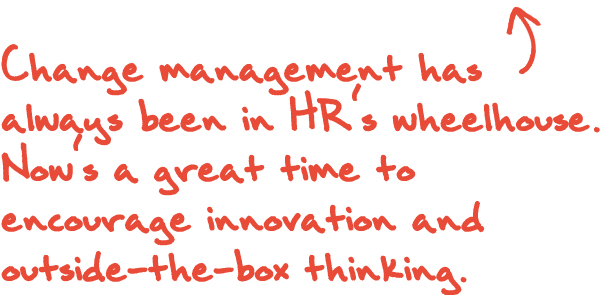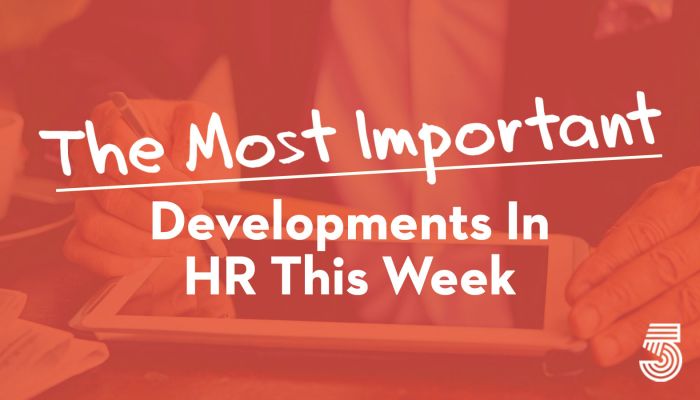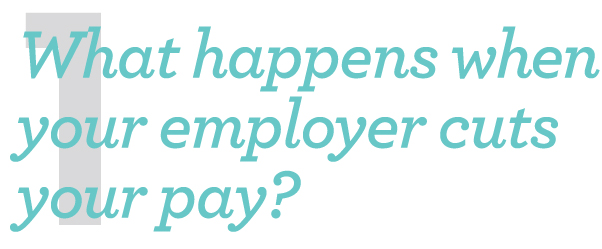
With the economy sitting at a standstill and revenue streams drying up, companies are looking for ways to reduce costs. And some are cutting salaries and benefits to help make ends meet. Labor costs typically consume the biggest part of the budget, so pay reductions can help employers avoid layoffs. The majority of workers in the U.S. are “at will” employees, meaning they can be fired or have their hours or pay reduced at any time for any reason that isn’t illegal or discriminatory. Pay cuts should happen broadly, like by position or across a department. There can also be different tiers of reductions. For instance, executives would take a 20% reduction, managers a 15% cut, and everyone else 10%. Recently, ESPN asked commentators to take a 15% pay cut because of the financial impact of the coronavirus, La-Z-Boy announced a salary cut of 50% for senior management and 25% for salaried workers until further notice. Tesla also reduced pay for U.S. workers. Employers should aim to give as much notice as possible. CNN Business

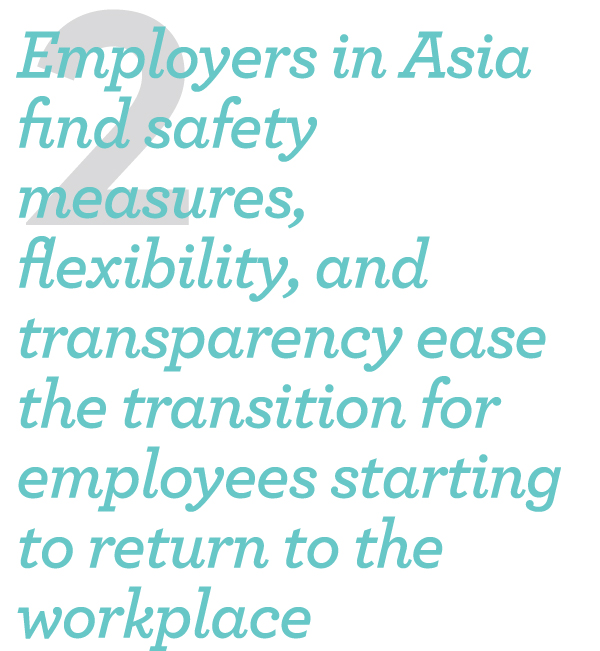
As business offices, factories, and other buildings and facilities begin to reopen in Asia, the threat of COVID-19 remains. Workplaces can’t yet return to their earlier selves — and may never do so. So how can employers best manage the return-to-workplace transition? Early experience from Asia suggests transparency, flexibility, and iteration are key in return-to-workplace plans — especially because of the possibility of multiple rounds of re-entry and re-exit over a protracted period, depending on coronavirus infection rates. Gartner’s review of various types of companies in Asia surfaced key areas that HR leaders see as foundational for a successful return-to-workplace plan: focus on door-to-door health, leverage employee data to plan the reopening of facilities, stagger the workforce’s return, maintain frequent two-way communication, give autonomy to local HR teams, and plan for a protracted period of adjustment. Gartner

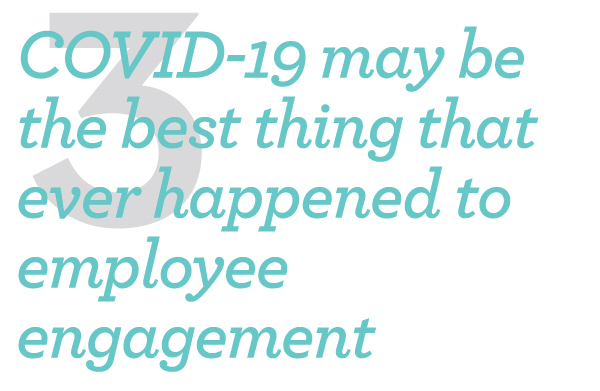
The coronavirus is accelerating one of the biggest business transformations in decades. Yes, it’s a health crisis but for most companies, it’s also an incredible opportunity to transform. Consider a bizarre thought. In the middle of a pandemic, our research now shows that companies are treating their employees better than ever. And employee engagement, a problem that plagues more than two-thirds of companies year after year, is actually going up. Let me explain. I’ve been on the phone with more than 30 companies this week, and we are now doing a bi-weekly pulse of HR organizations. This data, coupled with a new study just completed by Willis Towers Watson, shows clearly that businesses are bending over backward to take care of their employees. Why? Because they have to. The Willis research found that 90% of companies believe their culture has improved, 83% believe their employee experience is better, and 84% believe employee engagement has gone up. It took a global health crisis for business and HR leaders to wake up to the fact that when people don’t feel safe, supported, or emotionally secure, they simply cannot do their jobs. Josh Bersin
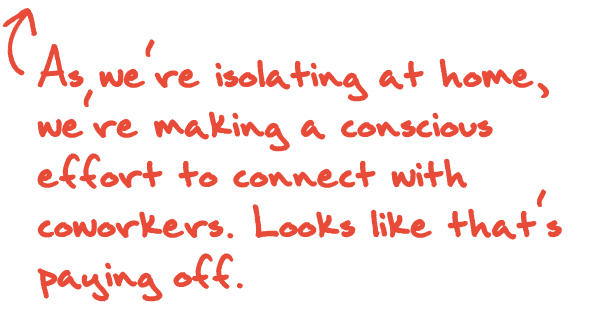
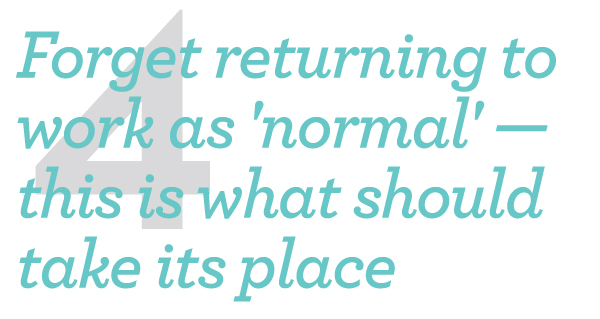
At our company, like so many right now, the question being asked is: “When will things return to normal?” But before we rush back to the workplaces we think we’re missing, we should be asking: Do we even want them to? The short answer? No. American workers don’t want or expect their corporate cultures to return to “normal.” Our culture consultancy, Have Her Back, commissioned a national study to examine how Americans, employed at mid- to large-size companies, felt their employers are (or aren’t) supporting them through the crisis and what that could mean for the future of workplace culture. When asked if they think the outcome of the crisis will change how people work in the future, 88% of respondents said companies that supported and cared for their employees during this time will be the preferred employers in the future, 87% said more people will expect to work remotely, and 81% said that flexible schedules will be more important. Fast Company
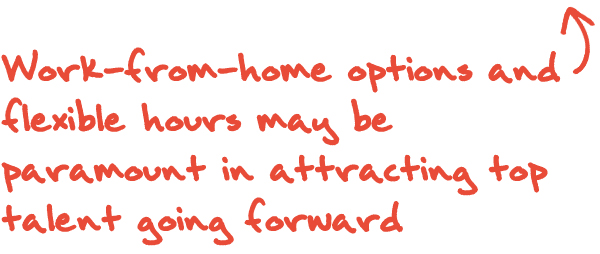

With the coronavirus pandemic wreaking havoc on companies in nearly every industry — not to mention their employees — the role of HR leaders arguably has never been more important. HR professionals like Kathie Patterson, CHRO of Detroit-based bank Ally Financial, have stepped up in response to the pandemic to help lead their companies — and keep employees healthy, calm, and productive — in trying times. Patterson spoke to HRE about how she’s handling the coronavirus pandemic and lessons she’s learned so far, including: Put employees first. Communicate and encourage the use of current employee benefits, like telemedicine, financial counseling, mental health assistance, and more. Alter and add offerings to address employees’ needs, like enhanced caregiving policies. Have empathy, because every employee is going through something during this time. Human Resource Executive

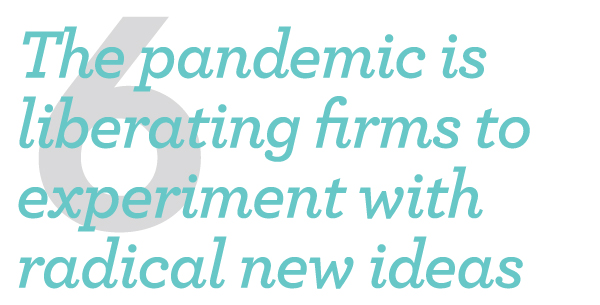
When Mount Tambora erupted in April 1815 the dust and ash from the volcano in what is now Indonesia blotted out the sun and lowered global temperatures, hurting harvests everywhere. Tens of thousands of people died from famine and disease. So did thousands of horses, because their owners could no longer afford to feed them. It was against this dismal backdrop that Karl von Drais, a German inventor, dreamed up the Laufmaschine to replace equine locomotion. Today his “running machine” is known as the bicycle. The pandemic is, like Tambora, an unmitigated calamity. But in some quarters it, too, is spurring innovation, as firms come up with new ways to keep making existing products despite disrupted supply chains, or, as demand collapses amid self-isolation, create new ones. The Economist
